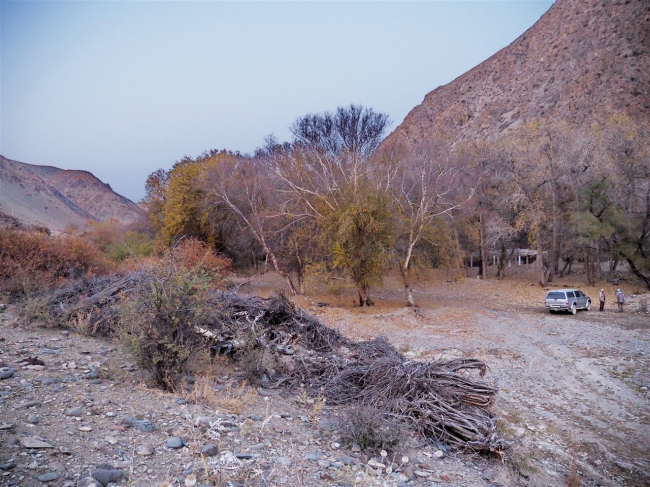Residents of Kanta complain about emissions from the "Kant Cement Plant"
74°52’06.905″E 42°54’40.871″N According to them, smoke from the factory's chimneys spreads for several kilometers around and poisons residents not only of Kant but also of nearby villages - Dmitrievka and Ivanovka. In addition to the unpleasant smell, people are concerned about cement dust that settles on all surfaces. According to specialists, the main emissions into the atmospheric air are dust, nitrogen oxides (NOx), and sulfur dioxide (SO2). Volatile organic compounds, polychlorinated










